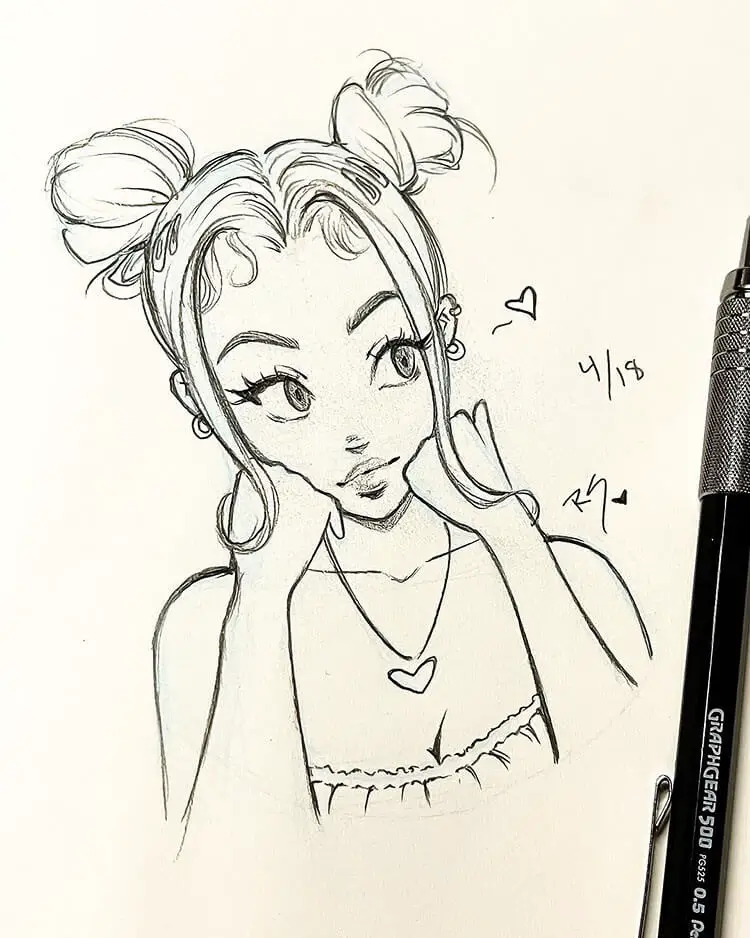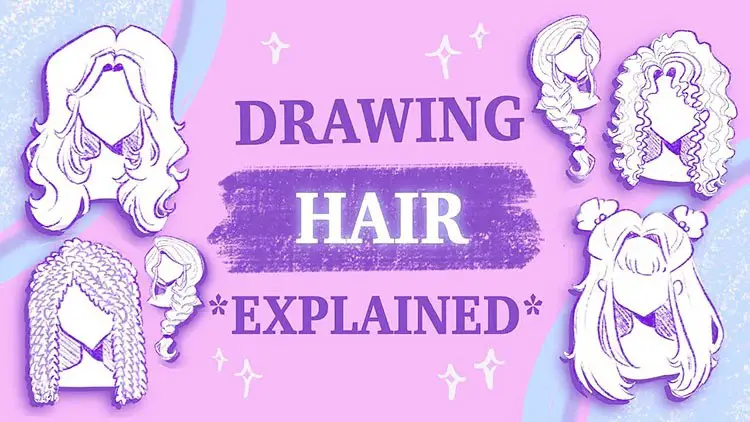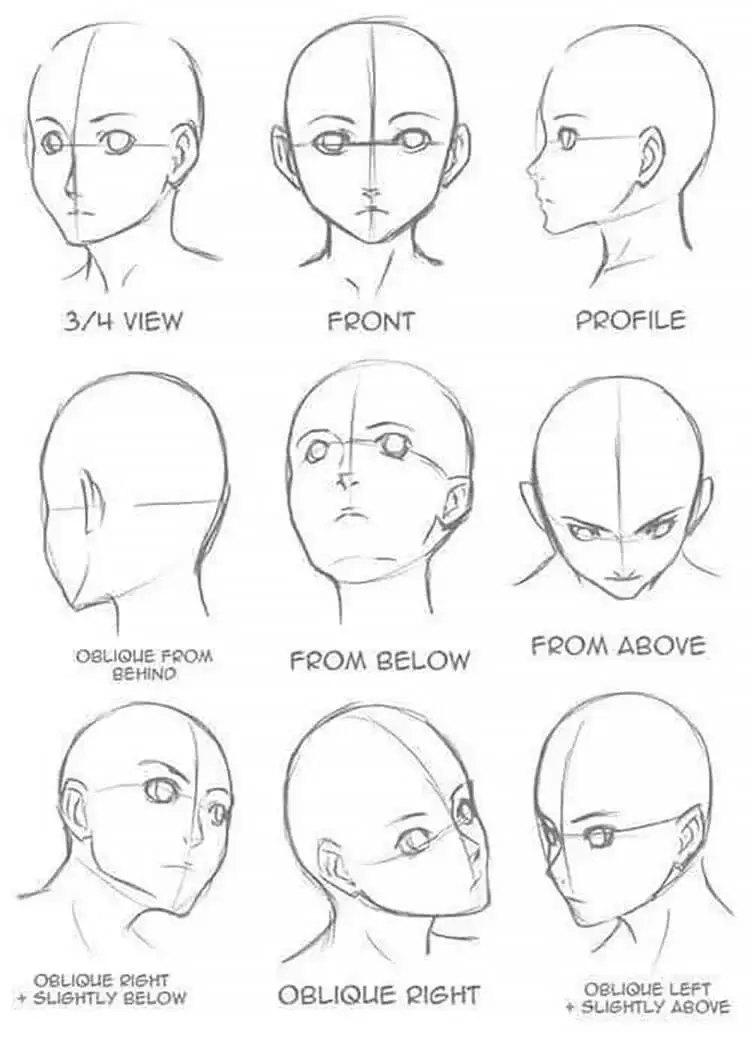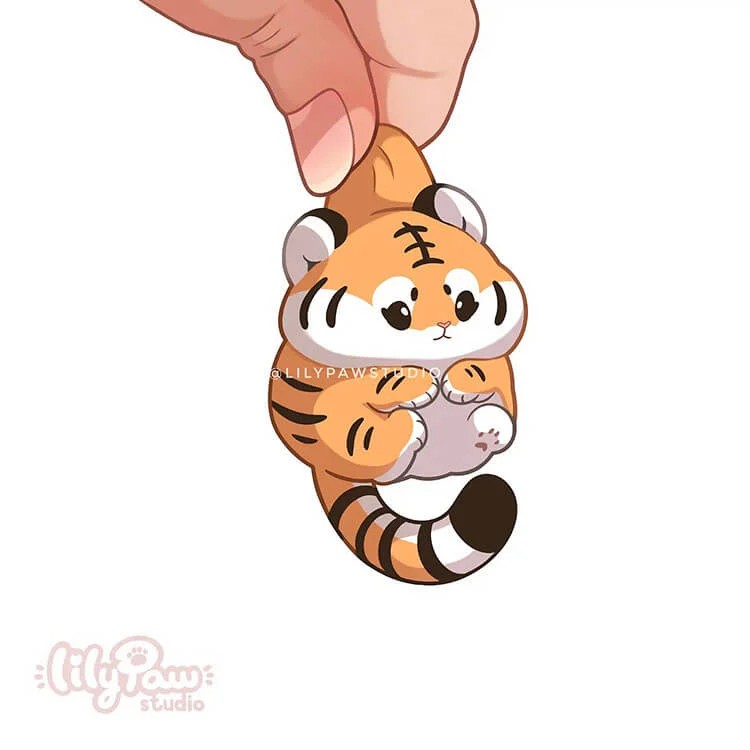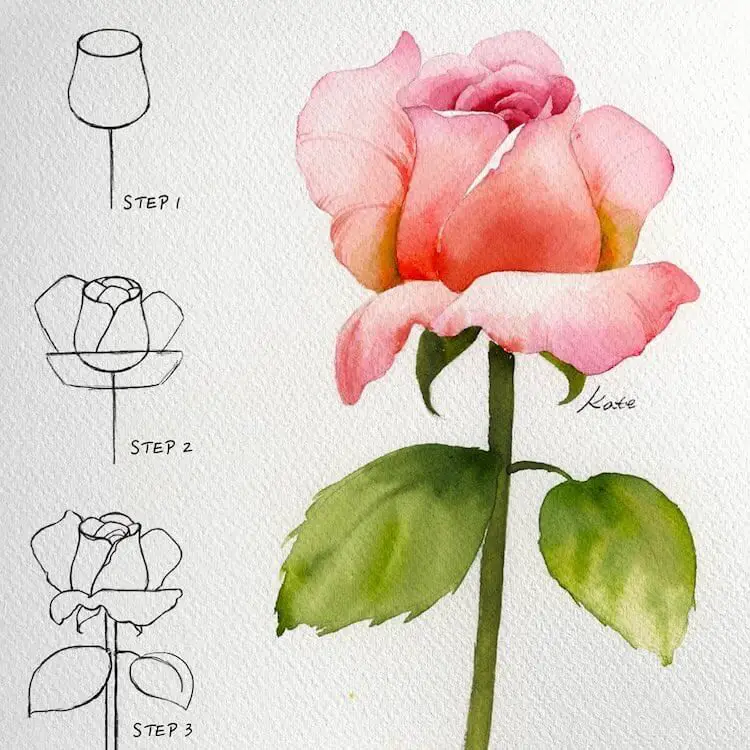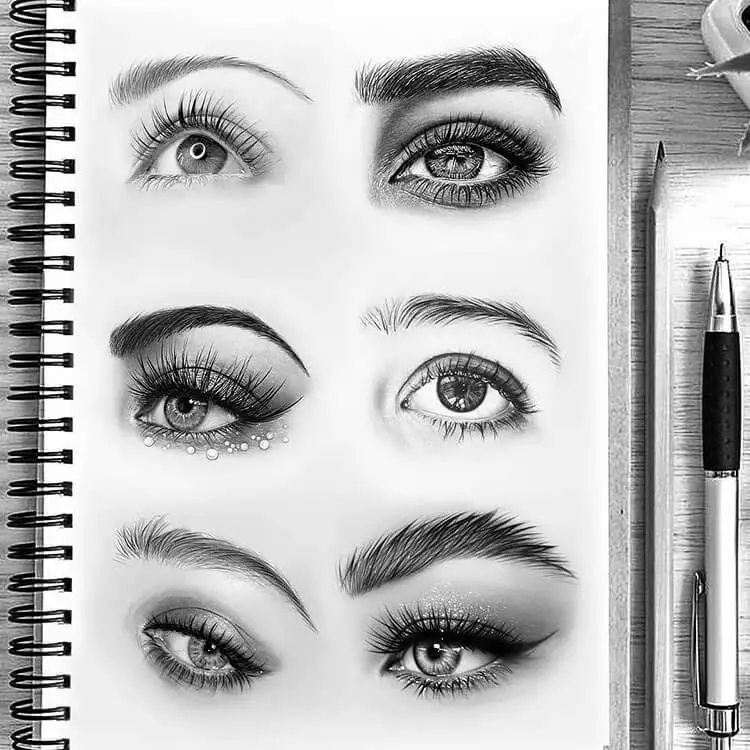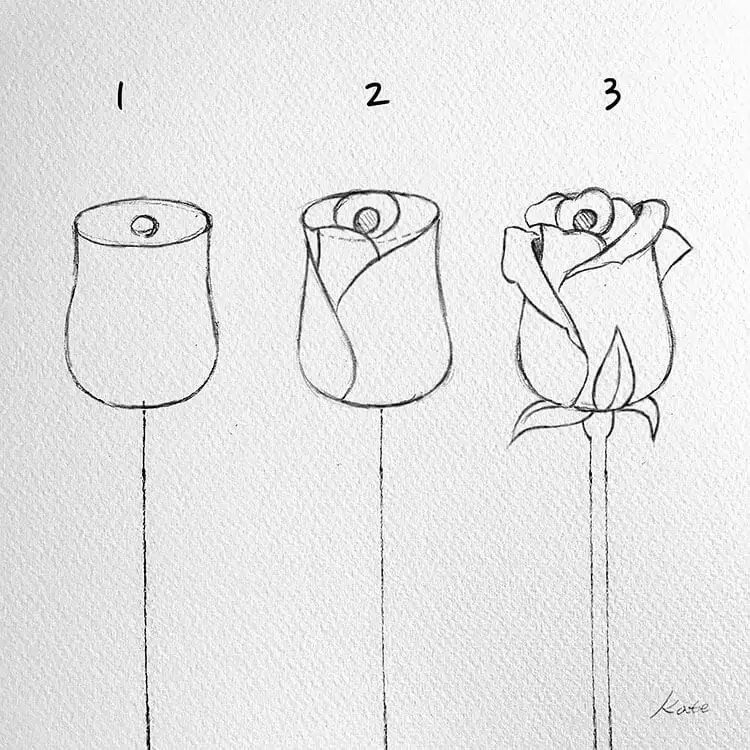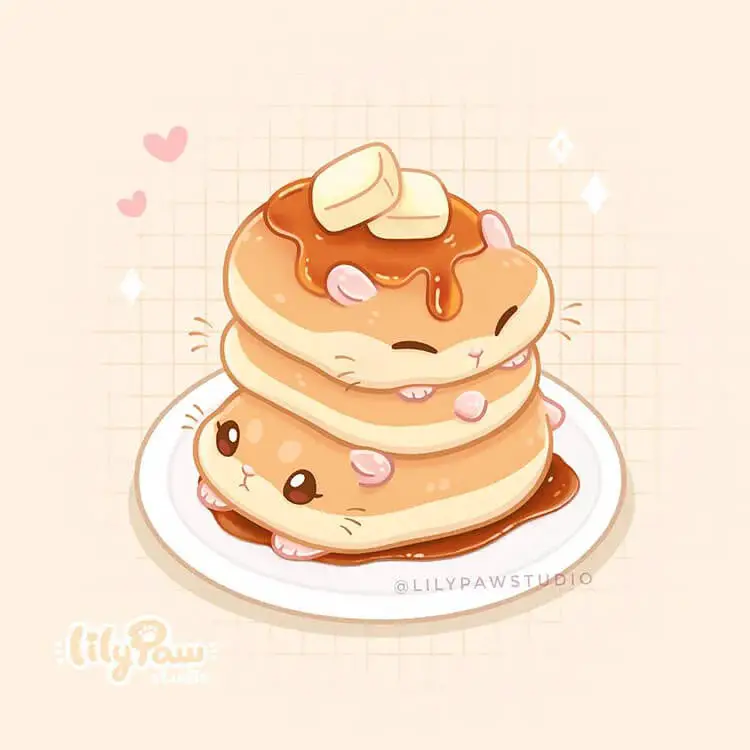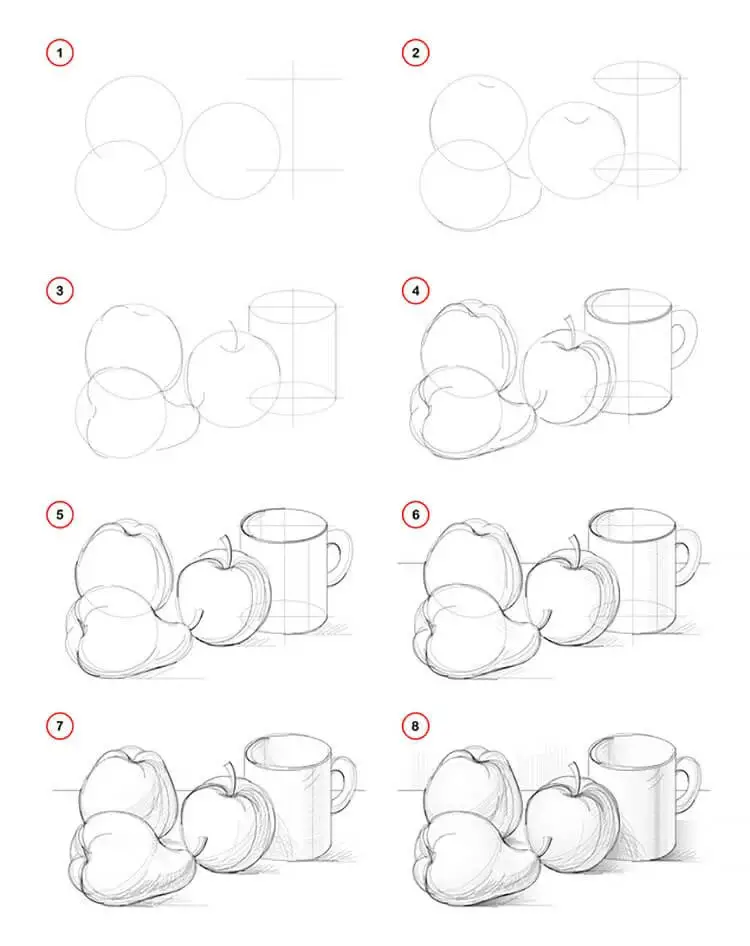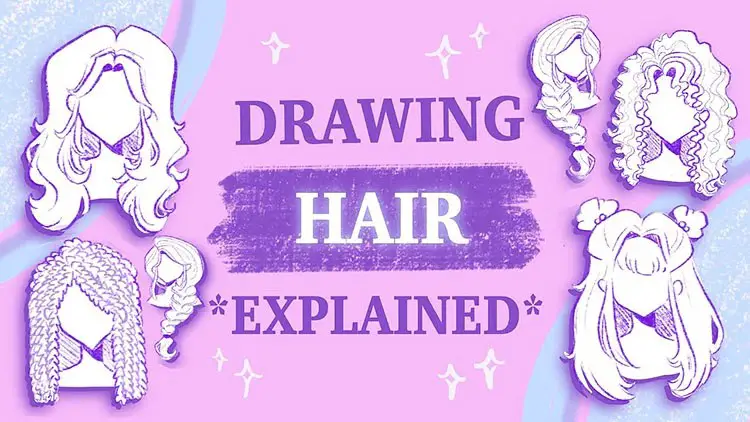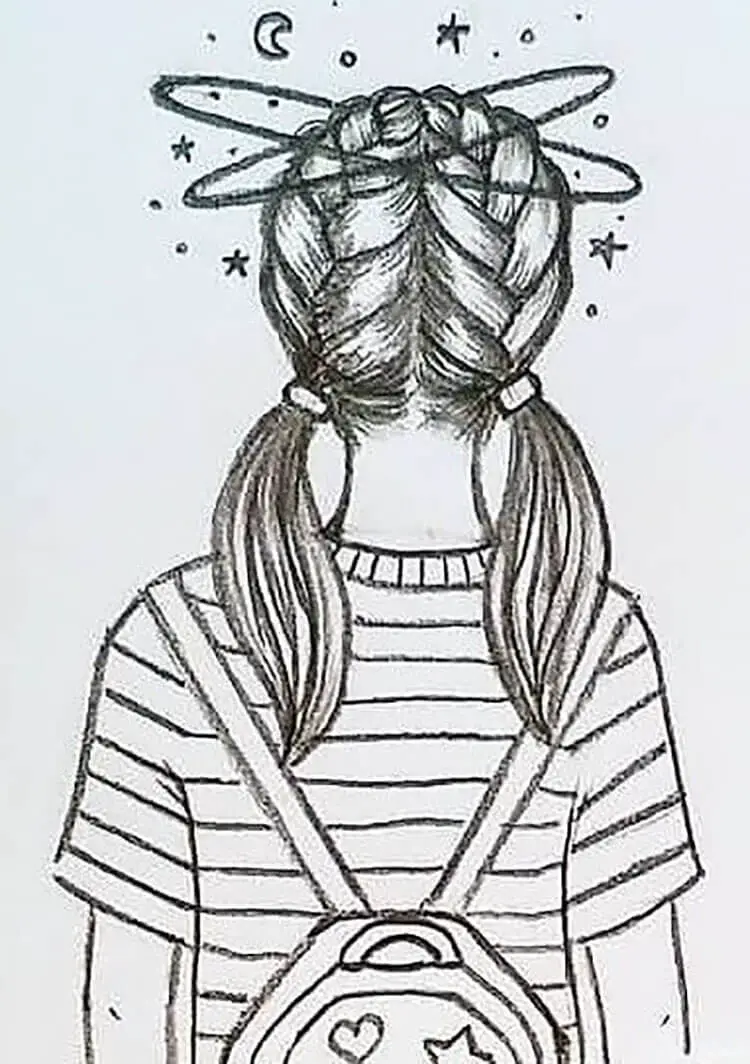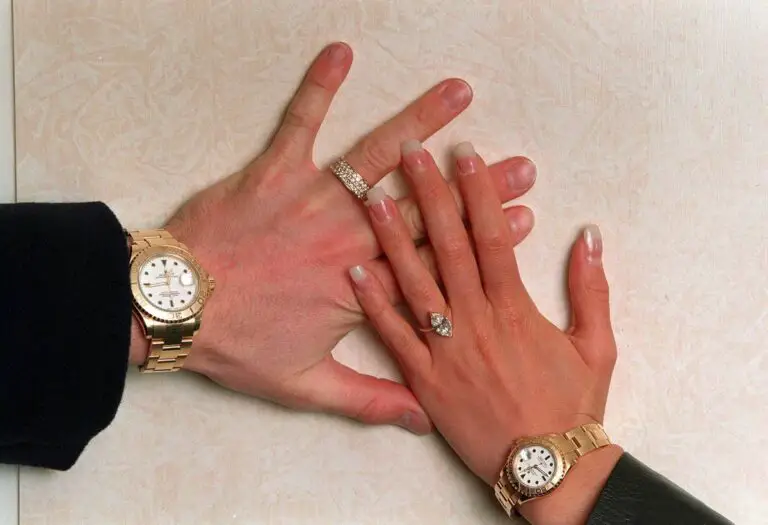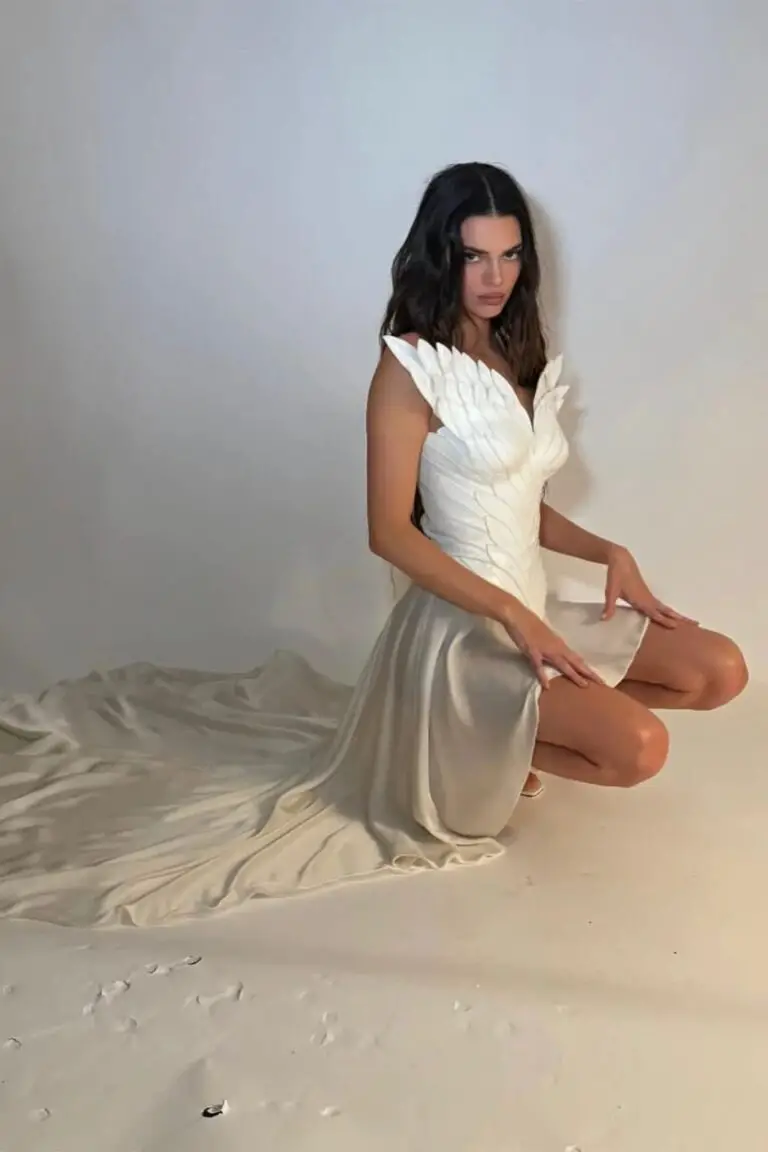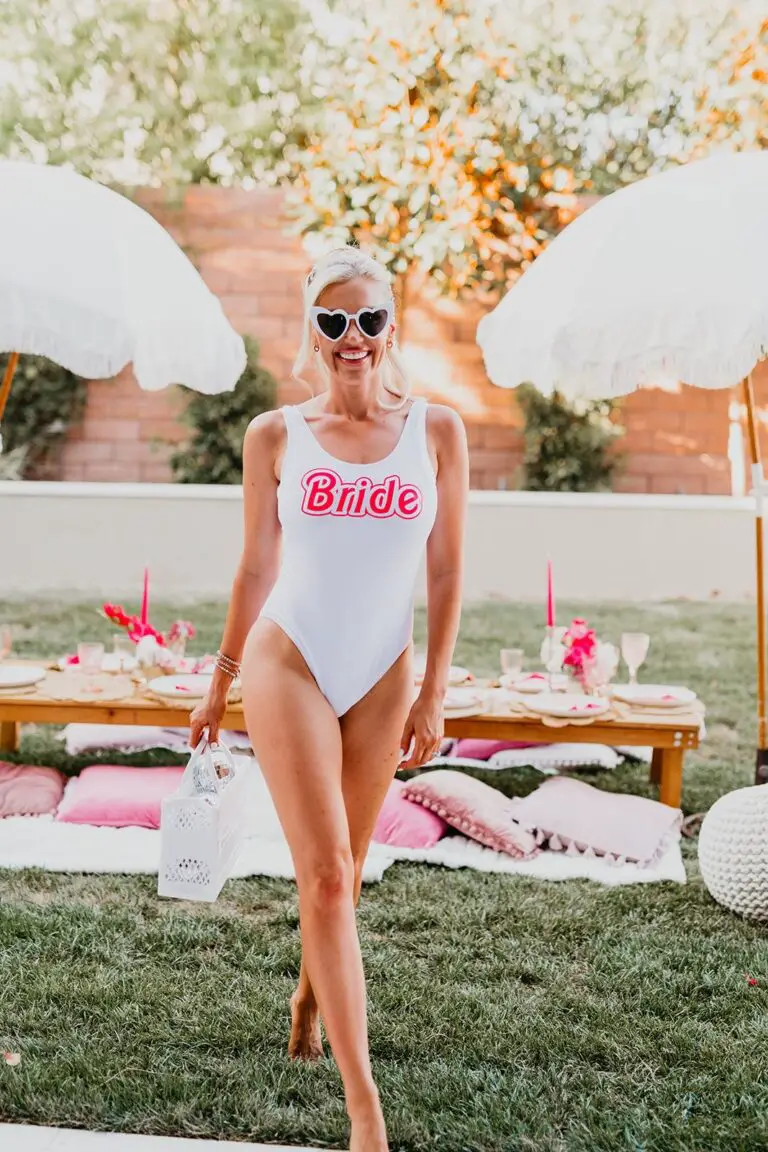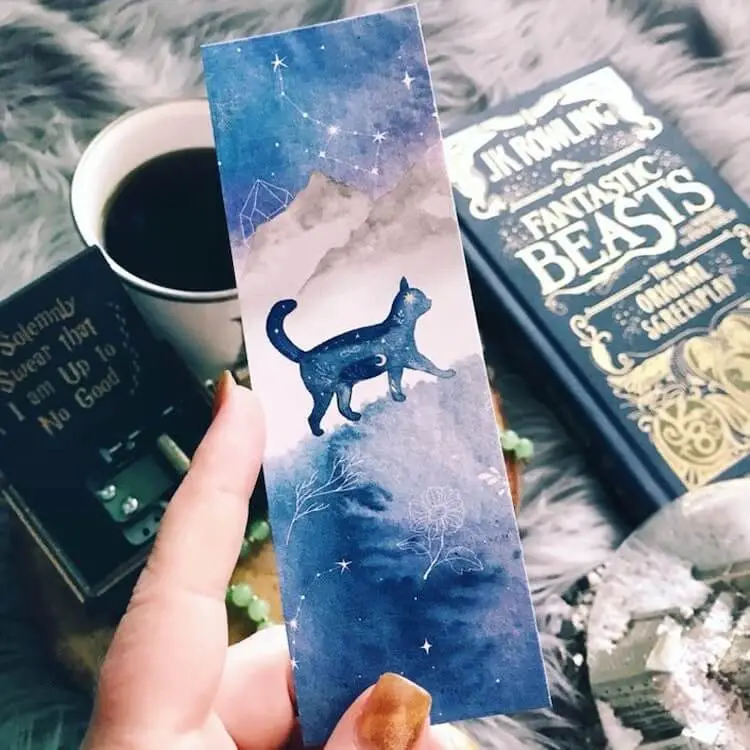How To Get Better At Drawing For Beginners (With A 30 Day Drawing Challenge)
While it’s common to think that artists are naturally talented, the truth is that anyone can improve their drawing skills with practice and patience. If you’re eager to participate in my 30-Day Drawing Challenge, you’ve come to the right place. To help you get started, I’ll share ten essential tips for beginners looking to accelerate their progress and develop a stronger foundation in drawing. One key aspect is learning from experienced artists, such as Christina Lorre’s tutorials on drawing cute girls. Additionally, watching insightful videos like ‘How to Draw Six Types of Eyes’ can provide valuable insights and help you refine your skills. By embracing these resources and committing to consistent practice, you’ll be well on your way to becoming a skilled artist.
Start with the Basics
To improve at drawing, it’s essential to build a strong foundation in the fundamental elements. This involves grasping concepts such as shapes, lines, and proportions. With a solid understanding of these basics, you’ll be well-equipped to tackle more advanced techniques.Fortunately, there are numerous resources available to aid in your learning journey. When beginning, I recommend taking advantage of drawing tutorials designed for kids – they often provide an excellent starting point. By mastering the basics, you’ll establish a strong foundation for further growth and development.
Use Reference Materials

To elevate your drawing skills, utilizing reference materials is an effective approach. This can encompass a broad range of sources, including photographs and life drawing classes. Having a visual anchor will facilitate your comprehension of how to render the shapes and lines you observe in everyday life, ultimately allowing you to refine your techniques through practice. By studying the works of renowned artists like Cameron Mark, who excels at creating captivating female character sketches, you can gain valuable insights into capturing the subtleties of human form.
Experiment with Different Mediums
When embarking on a creative journey, it’s essential to be open to exploring various mediums. This approach allows you to discover what suits you best. Some individuals may thrive using traditional tools like pencils, while others might prefer more unconventional methods such as charcoal or digital art. The key is to find the medium that resonates with you and stick to it. Watercolor paint can be a fantastic way to elevate your artistic skills, offering a unique set of possibilities for creative expression.
Practice, Practice, Practice
To enhance your drawing skills, dedication and consistency are key. Allocate a specific time slot daily, no matter how short, and commit to honing your craft. As you continually challenge yourself, noticeable improvements will emerge.
Join a Class or Workshop
When seeking guidance from an experienced artist, consider enrolling in a class or workshop. These can be discovered at local art supply stores or online platforms. They typically offer a cost-effective way to refine your skills and gain valuable insights. For those looking for free alternatives, YouTube is home to a plethora of exceptional drawing classes and tutorials. To get started, I recommend exploring the following: Free Basic Drawing Class by Markowsky Art, which features 40 comprehensive lessons; How to Sketch: Sketching Tips for Beginners by Makoccino; and How to Shade with Pencil for Beginners by Rapid Fire Art.
Take Reference Photos
When it comes to learning how to draw realistically, reference photos can be a valuable tool. By capturing images of the subjects you want to learn to draw, you can use them as a guide to improve your drawing skills. Some common subjects that you might consider photographing include natural environments like flowers, trees, and plants, as well as objects like mugs, animals, food, and mountains. You could also take pictures of things in your backyard or around the house, such as candles, boots, and buildings. Additionally, capturing images of people and places can be a great way to add variety to your reference collection. By having a range of different subjects to draw from, you’ll be able to practice drawing all sorts of scenes and objects.
Don’t Compare Yourself to Others
As individuals progress through learning experiences, it’s essential to acknowledge that everyone absorbs information and achieves milestones at unique rates. Rather than comparing yourself to others or feeling discouraged if progress isn’t immediate, focus on consistent practice and dedication. Over time, this persistence will ultimately lead to the desired outcomes.
Try Different Styles
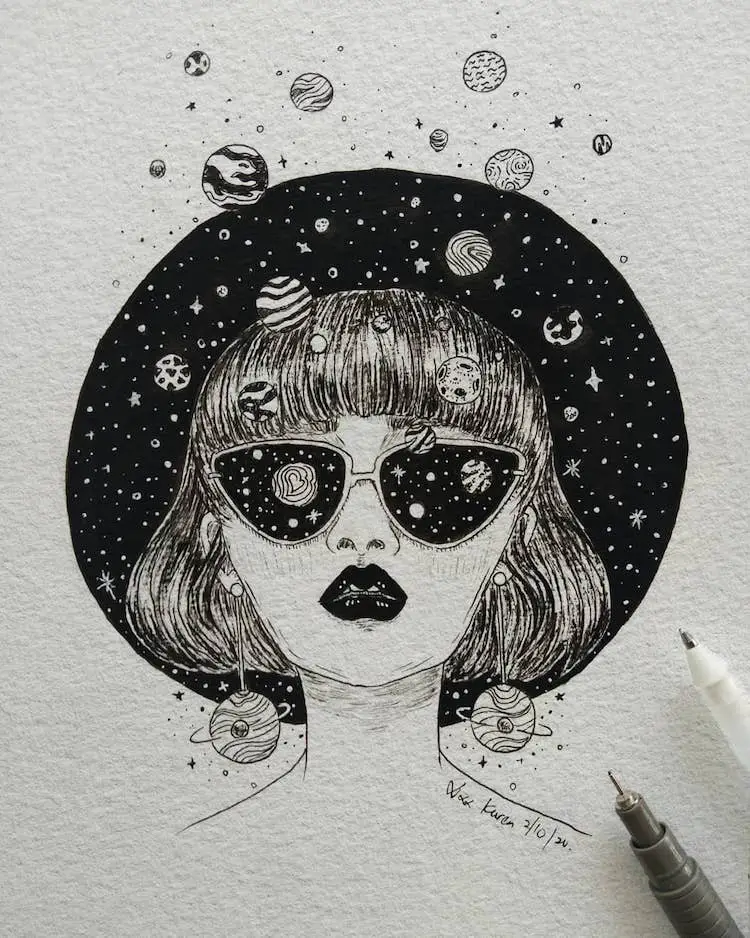
While consistency can be comforting in art, don’t be afraid to break the mold and explore different styles of drawing. Find what works for you and stick with it for a while, but also allow yourself the freedom to experiment and evolve your approach over time. For instance, Artist Mixx Karen has carved out her own distinct niche, showcasing her versatility through a range of artistic expressions.
Try Still Life Drawings
Imaginative ways to hone your drawing skills include creating still-life compositions that challenge your artistic abilities. By focusing on inanimate objects like a vibrant arrangement of fruit or a delicate bouquet of flowers, you can cultivate attention to detail and perspective while refining your shading techniques.
Get Feedback
One effective way to refine your drawing skills is to share your work with others and solicit their feedback. By doing so, you can identify areas that require improvement and make targeted adjustments. If you don’t have a network of peers who can provide constructive criticism, consider posting your artwork online and asking for feedback from the community. Many artists have found success in sharing their work on social media platforms and receiving helpful guidance from like-minded individuals. Additionally, watching instructional videos, such as ‘How to Draw Hair,’ can also help you improve your drawing abilities.
Have Fun Drawing
Ultimately, the goal is to cultivate an enjoyable experience while creating art. To achieve this, prioritize relaxation and let go of any internalized expectations. Allow yourself the freedom to explore your creativity without the burden of self-imposed pressure.
When stress begins to creep in, acknowledge it and take a step back. Recharge and return to your drawing with a fresh perspective.
Take My 30-Day Drawing Challenge
To enhance your drawing skills, I recommend committing to a daily drawing routine. A 30-day challenge can be an excellent way to stay motivated and track progress. The key is to set achievable goals for each day without worrying about perfection. Remember, even a quick sketch or rough outline is better than nothing! As you navigate the challenge, feel free to explore different themes and subjects, such as drawing animals, landscapes, portraits, and more. Some days might be more straightforward, like drawing your favorite food or a tree, while others might require a bit more creativity, like rendering a beach scene or a cartoon character. Whatever the prompt, focus on having fun and experimenting with new techniques. By the end of the month, you’ll likely notice significant improvement in your drawing abilities and a renewed sense of artistic confidence.
Get the 30-Day Drawing Challenge Workbook!
For those interested in taking on my drawing challenge, I offer a convenient and affordable way to access the PDF format. For just $4.99, you can purchase the 30-Day Drawing Challenge Workbook, which provides a comprehensive guide to help you improve your drawing skills. Whether you’re a beginner or looking for new inspiration, this workbook is an excellent resource to have in your creative arsenal.

